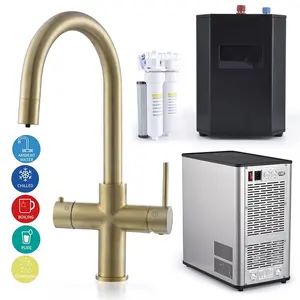
All categories
Featured selections
Trade Assurance
Buyer Central
Help Center
Get the app
Become a supplier














Alibaba.com cung cấp một bộ sưu tập chất lượng cao vòi sâu rộng. với mức giá hàng đầu trong ngành. Chúng siêu phong cách, hợp thời trang, hợp thời trang và phù hợp với mọi loại quần áo. Các loại vải thường được tìm kiếm nhiều nhất là cotton, polyester và vải nhuộm sợi. vòi. có sẵn trong nhiều kiểu dáng, mẫu, màu sắc và bản in tuyệt đẹp về bản chất. Các loại vải mềm mại thoải mái là lựa chọn hoàn hảo cho trang phục ở phòng chờ.
Khám phá bộ sưu tập lớn ấn tượng vòi. có sẵn với các bản in, thiết kế, sequins, hoa văn và màu sắc độc đáo. Các loại vải đa dạng từ chất liệu siêu mềm mại như cotton đến vải rayon, voan, denim co giãn và vải flannel với nhiều màu sắc đa dạng. Áo gấm có nhiều màu thời trang rất lý tưởng để mặc dự tiệc vì các màu đậm dễ dàng nổi bật. Các sản phẩm được sản xuất bằng vật liệu chất lượng cao, đảm bảo độ bền với kết quả tuyệt vời.
Các vật liệu chất lượng hàng đầu của vòi. đảm bảo hiệu suất tối ưu và giảm thiểu mài mòn. Từ vải nhung mềm nhiều màu đến vải sequins nhiều màu, Alibaba.com cung cấp một bộ sưu tập nổi bật hoàn hảo cho mọi dịp. Các thiết kế theo yêu cầu với màu sắc rực rỡ rất phù hợp cho các sự kiện đặc biệt. Danh mục toàn diện với thông tin chi tiết về các sản phẩm luôn có sẵn cho người mua sắm.
Khám phá bộ sưu tập ấn tượng về vòi. trên Alibaba.com để có giá cả cạnh tranh. Khám phá phạm vi ấn tượng của các bản in thời trang, hợp thời trang với các thiết kế và chi tiết giấy bạc độc đáo. Từ vải dệt vải trơn cổ điển đến vải lanh nhuộm polyester, phạm vi cung cấp là vô tận. Với các nhà cung cấp trên toàn cầu, nhu cầu của tất cả người mua sắm có thể được đáp ứng dễ dàng.